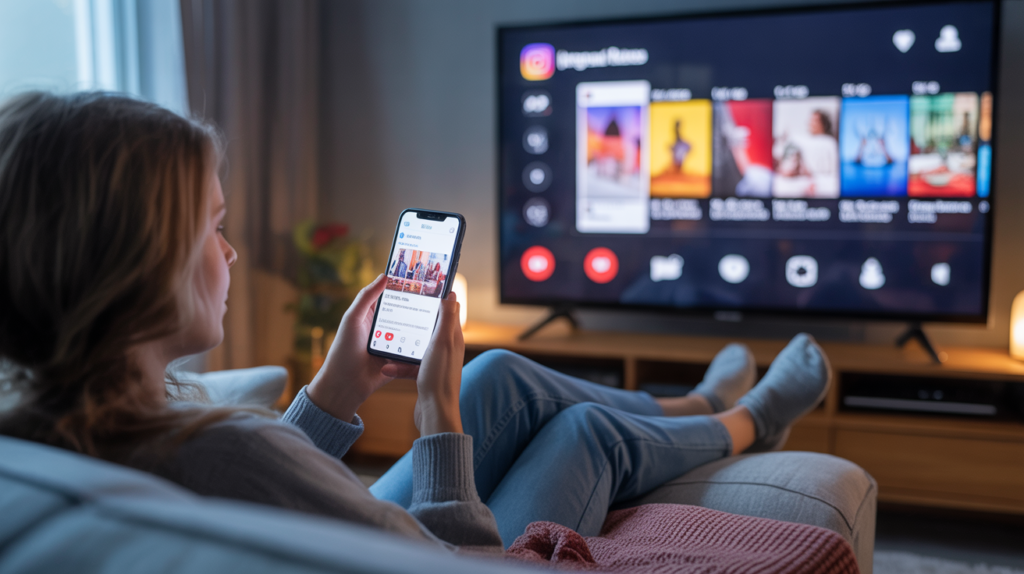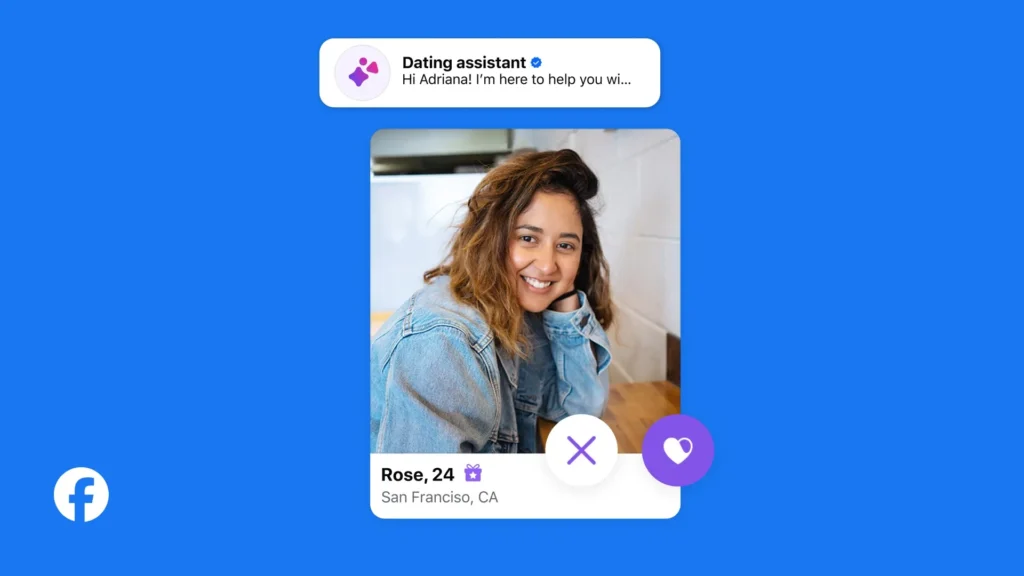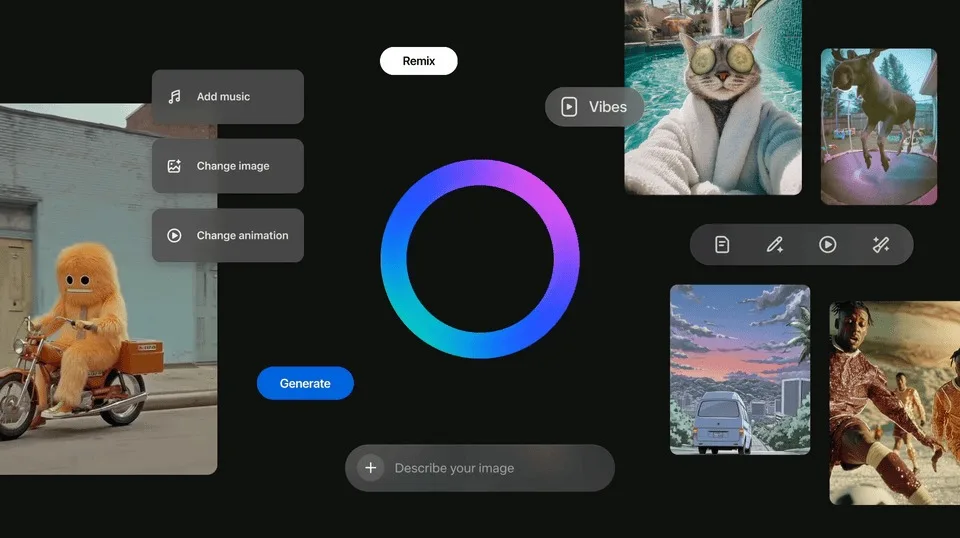Meta prepares a TV version of Instagram: Reels soon available on connected televisions
Meta may soon bring Instagram into your living room. According to several recent reports, the company run by Mark Zuckerberg is working on a dedicated TV app for Instagram, aimed at streaming Reels directly to connected TVs.
This marks a significant evolution for the platform, which seeks to transform its flagship format into a more immersive experience — competing directly with YouTube and TikTok in the realm of long-form video.
Reels in a TV format
During a conference, Adam Mosseri, head of Instagram, confirmed that the company is actively exploring the development of an app designed for living room screens. The goal is to translate the addictive scrolling of Reels into a more passive and comfortable viewing experience, in a way that promotes “lean-back watching.”
This idea isn’t entirely new — Instagram previously experimented with IGTV back in 2018 — but this time, Meta aims for a format optimized for connected TVs, potentially in partnership with manufacturers like Samsung or LG.
The app would emphasize vertical videos, automatically adjusted to horizontal screens through intelligent cropping algorithms, allowing users to watch Reels continuously without having to hold their phones.
A strategy to capture video viewing time
This initiative is part of Meta’s broader strategy to capture more video viewing time and increase its advertising revenue.
As noted by Digital Trends, Meta hopes to “offer creators new audiences and viewers a new way to enjoy Instagram,” while reinforcing its business model based on targeted advertising.
The market is enormous: online video advertising is projected to exceed $100 billion annually by 2026. With a base of over 1.5 billion active users, Instagram has a significant advantage to establish itself against the giants of social streaming.
The TV app could also introduce longer or interactive ads, better suited for extended consumption, a format that has been underutilized on mobile.
Established competition
In this arena, YouTube currently has a lead: its TV version is already ubiquitous and offers seamless access to long videos and Shorts. Meanwhile, TikTok has cautiously begun to enter the connected TV market, but has yet to make a substantial impact.
Instagram’s project therefore poses a direct threat to YouTube, capable of recalibrating the balance of power due to the vast pool of creators already active on the mobile platform.
For these creators, the potential is immense: a TV app could multiply sponsorship opportunities and extend the lifespan of their content, while attracting new advertisers.
However, risks remain: this shift towards a more “mainstream” usage could dilute Instagram’s identity, perceived as a platform for immediacy and connection.
Technical and regulatory challenges
Adapting vertical content for a horizontal screen is no small feat. Meta is reportedly working on experimental interfaces with:
- shared views,
- automatic AI cropping,
- and live reaction options to simulate interactivity similar to mobile.
Another challenge is distribution. Meta will need to negotiate with platforms like Roku, Fire TV, Apple TV, or Android TV, each imposing its own technical and commercial constraints.
Finally, this expansion into households could draw the attention of regulators, who are already watchful regarding data collection and cross-device information sharing.
A launch anticipated for 2026?
According to early leaks, Meta is aiming for an official launch in the second quarter of 2026. The app would feature synchronized profiles, personalized playlists, and direct integration with Instagram Mobile to transition seamlessly between screens.
If the project comes to fruition, it could redefine how users discover and consume social content, blurring the lines between television viewing and algorithmic navigation.
A new era for creators and advertising
For creators, this evolution means one thing: thinking multi-format. Videos will need to be optimized for both the vertical screen of smartphones and the horizontal display of TVs, paving the way for new hybrid production tools.
For advertisers, Instagram’s arrival on TV could trigger a massive shift of advertising budgets, already migrating from traditional broadcasting to digital platforms.
In short: Meta is no longer just competing with TikTok on mobile — the company is now targeting overall screen time across all devices.
Towards total convergence of social media and streaming
The potential launch of a TV app for Instagram illustrates an overarching trend: social networks are transforming into entertainment platforms, increasingly blurring the line with connected television.
It remains to be seen if users will follow suit. If Meta succeeds in transforming the Reels experience into a living room staple, it could be the next major revolution in digital content — a step closer to merging social scrolling with TV streaming.




